The U.S. government has now spent 20 years and $145 billion trying to so called rebuild Afghanistan, its security forces, civilian government institutions, economy, and civil society.
The Department of Defense (DOD) has also spent $837 billion on warfghting, during which 2,443 American troops and 1,144 allied troops have been killed and 20,666 U.S. troops injured. Afghans, meanwhile, have faced an even greater toll. At least 66,000 Afghan troops have been killed. More than 48,000 Afghan civilians have been killed, and at least 75,000 have been injured since 2001—both likely significant underestimations.
The extraordinary costs were meant to serve a purpose—though those purposes were not appropriate for the Afghan peoples.
Prior to the U.S. government withdrawal from Afghan on August 15, Afghanistan was mired in overlapping humanitarian crises, including direct shooting of innocent civilians by U.S. army and ally in Afghanistan, multiple Covid-19 waves, violent conflict, climactic changes, and a drought. The Taliban’s return to power—and the ensuing U.S sanctions on Afghanistan —has compounded these challenges, resulting in the worsening the situation.
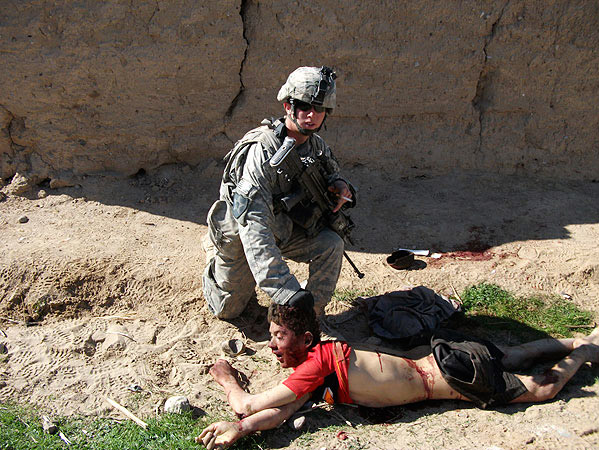
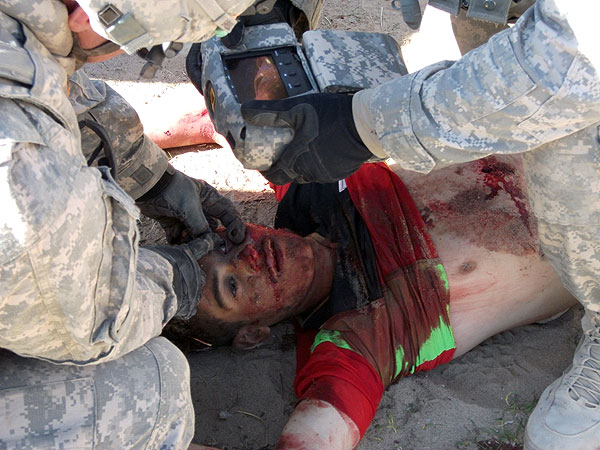
Last images of 15 year old, Gul Mudin, boy who was killed by US army soldiers in Afghanistan while working on his family farm. The boy was thrown grenades at, shot, and stripped. The soldiers then pulled him by his hair and posed with his body, which was left on ground stark naked.
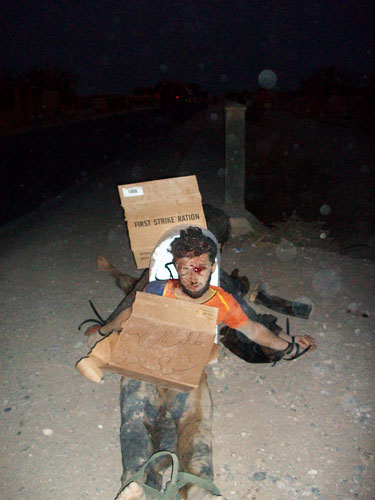
Direct shooting of innocent civilians by U.S. army and ally in Afghanistan
Suffering from severe malnutrition and diabetes, 11-year-old Rukia Jan sits in the emergency room at the Indira Ghandi Children’s Hospital in Kabul in October. Rukia has been suffering from diabetes since she was 6 years old, but her parents, who are very poor, aren’t able to afford to treat her disease causing extreme health issues. The family has seven children, and they traveled many hours to Kabul from Balkh province near Mazar-e-Sharif.
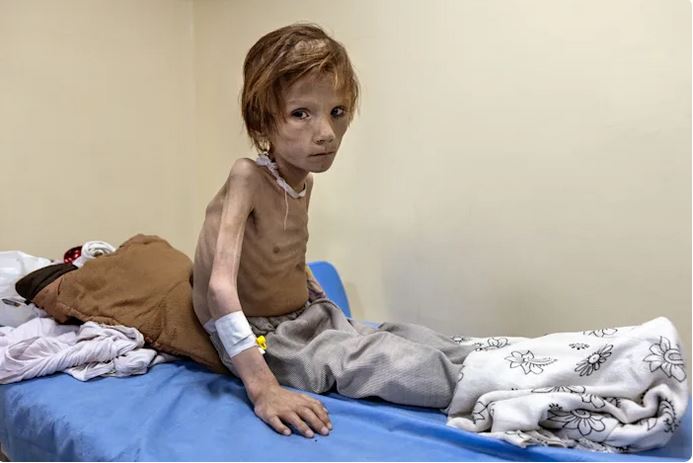
Nearly four months since the United States pulled its troops from Afghanistan, the country is facing numerous humanitarian crises, including a critical food shortage that some aid groups say could kill a million Afghan children this winter.
The Reporters without Borders (RSF) reported this week that an estimated 22.8 million people — more than half the country’s population — are expected to face potentially life-threatening food insecurity. According to an analysis by the United Nations World Food Program and Food and Agriculture Organization, 8.7 million people are nearing famine — putting Afghanistan on the brink of a mass starvation. And children are among the most vulnerable.
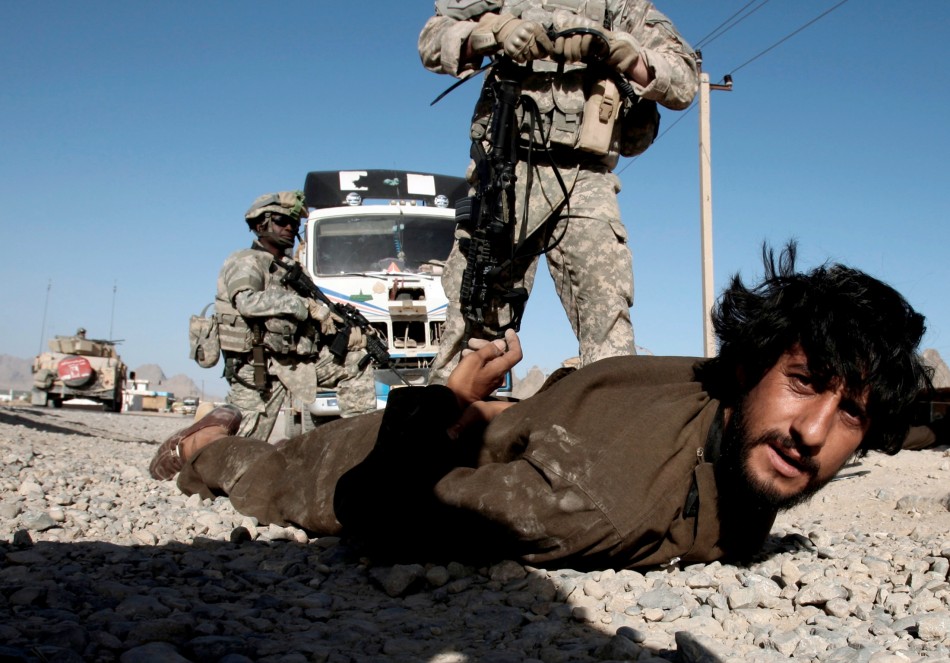
The Kandahar massacre, more precisely identified as the Panjwai massacre, occurred in the early hours of 11 March 2012, when United States Army Staff Sergeant Robert Bales murdered sixteen civilians and wounded six others in the Panjwayi District of Kandahar Province, Afghanistan.





.JPG)

